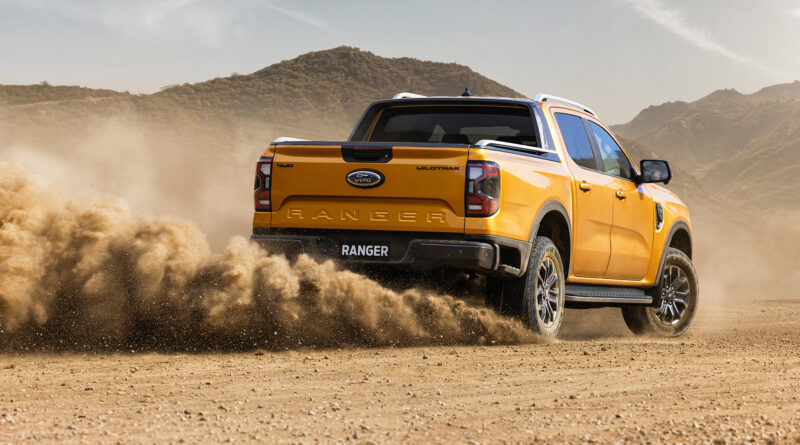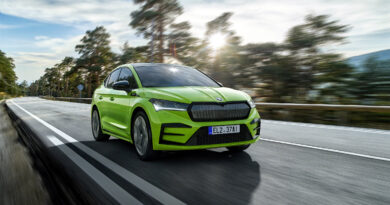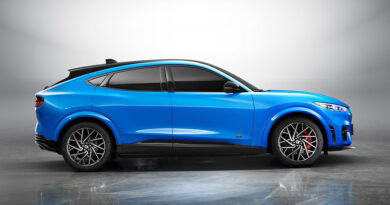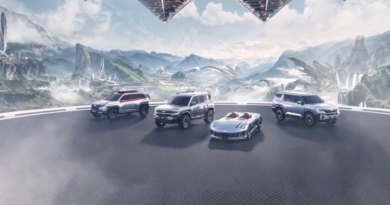Aussie electric ute plan revealed for Ford Ranger, Toyota HiLux
A battery electric Toyota HiLux or Ford Ranger ute may not be far away if plans being developed by the Australian automotive product developer Premcar come to fruition.
Premcar is essentially an evolution of the old Ford Performance Vehicles and Prodrive engineering business and is these days best known for developing and assembling the diesel-powered Nissan Navara Warrior off-road 4×4 ute.
But like most independent automotive R&D consultancies, Melbourne-based Premcar has numerous clients it usually isn’t allowed to discuss and plenty of projects on the go for them.
However, this plan to develop a localised electric vehicle conversion is one it has developed for itself.
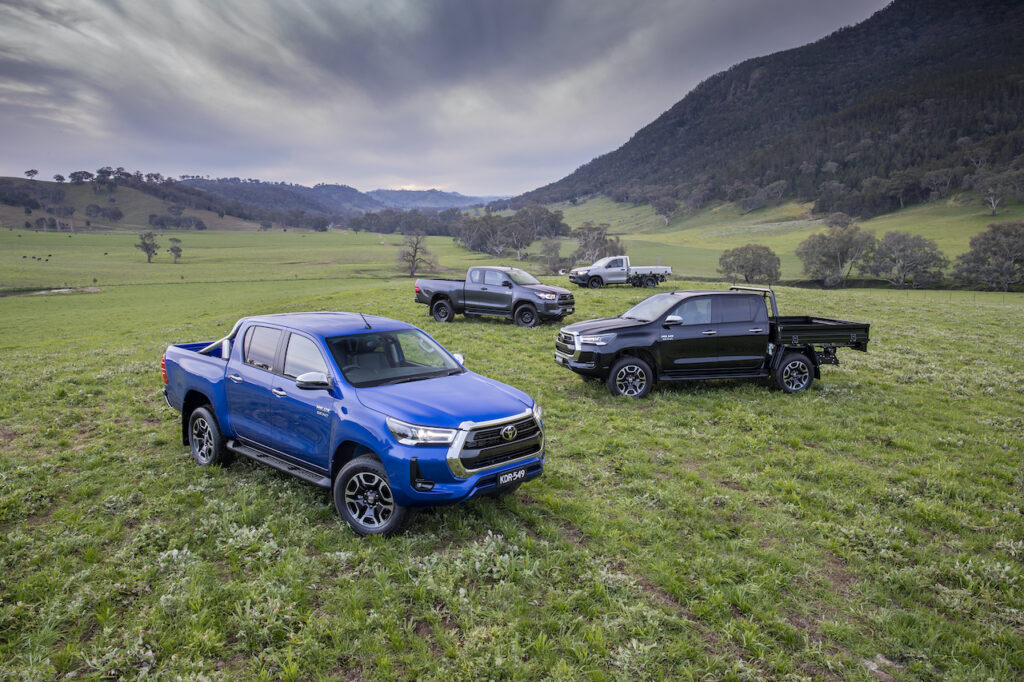
The EV ute project envisages offering a battery electric 4×2 and 4×4 drivetrain conversion to predominantly fleet customers.
“I think electrified utes are a real opportunity and I think it’s going to be a while before one reaches the market here,” said Premcar Engineering Director Bernie Quinn, referencing US trucks such as the Ford F-150 Lightning, Rivian R1T and Tesla Cybertruck.
EXCLUSIVE REPORT: EV ute overload: The electric pickups coming soon
“I think there is an opportunity to do some conversion work … we are having some really positive discussions with a group that are in Australia about a conversion kit and I think it has genuine legs.”
A key reason Premcar is considering the plan is that utes are hugely popular in Australia and the 4×4 segment is the largest in the country by sales volume.
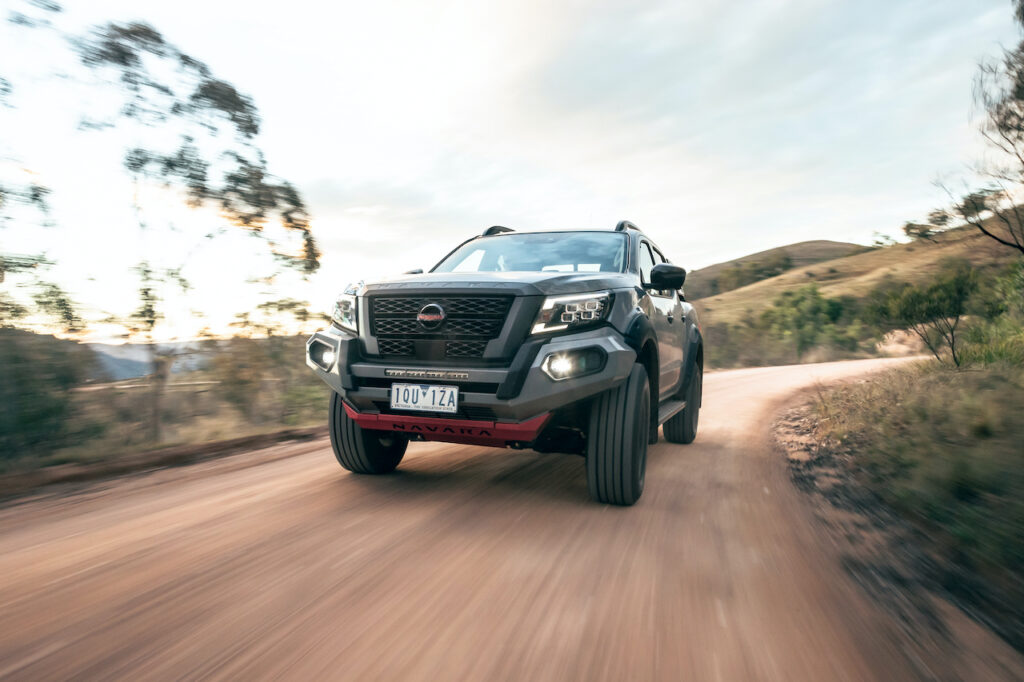
Traditionally a low-cost workhorse, they have elevated in price and sophistication as they have become increasingly popular. Nowadays the Ranger and HiLux are Australia’s top two selling vehicles outright.
Both Ford and Toyota have indicated they will electrify these models, but that may not happen for some years and may first take the form of hybrid propulsion.
Utes are default choice for self-employed tradespeople but are also bought in huge numbers by private and government fleets, which are coming under increasing pressure to cut emissions.
Because these utes are based on ladder frame construction, Quinn says conversions can be completed on Premcar’s own assembly line.
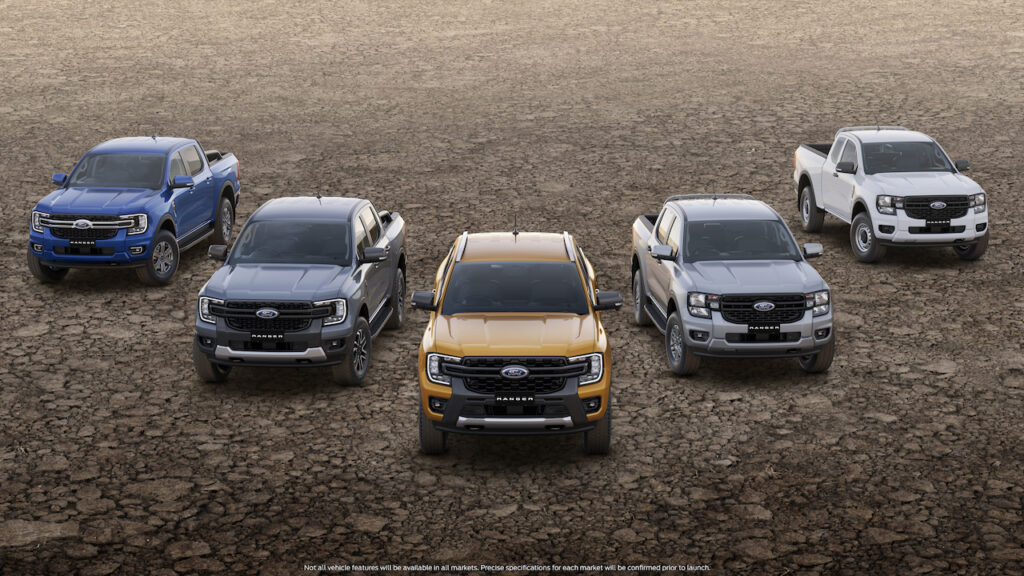
“We can take out the engine, transmission, transfer case, driveshaft, exhaust system and fuel tank and there is a great space for a battery,” he said.
A conversion would also remove the usual ute beam rear axle and replace it with an independent rear suspension, avoiding unwanted movement of the electric motor driving the rear wheels.
Utes usually run an independent double wishbone front-end, negating the movement issue for an e-motor driving the front wheels.
Quinn said the key to developing a viable business was making the component set suitable and cheap enough for many applications.
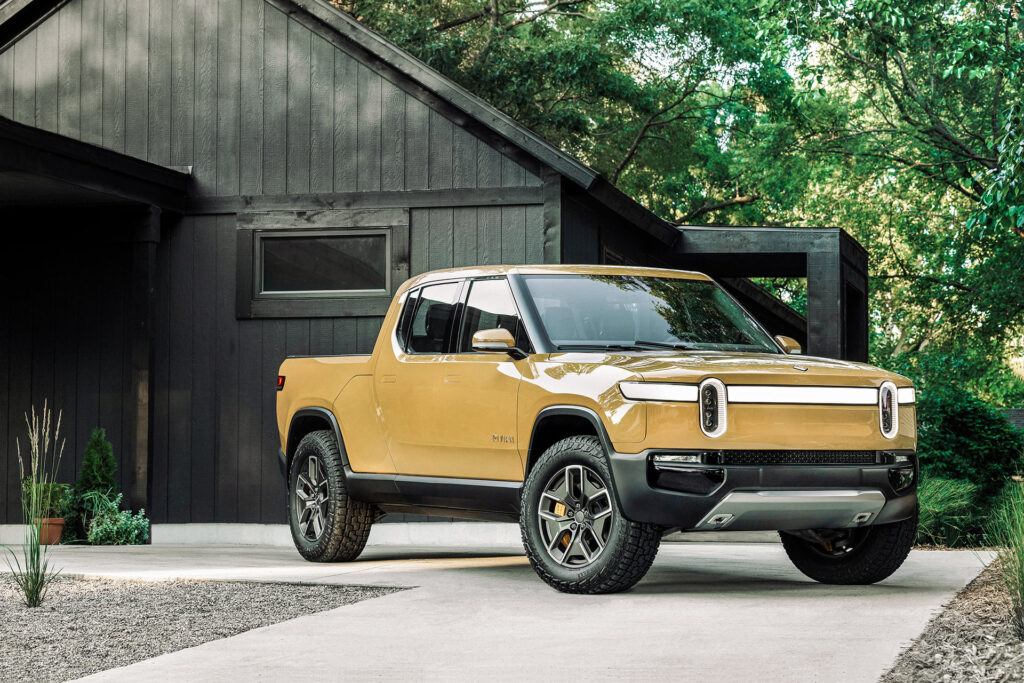
“Anyone can hot-rod a Navara or HiLux and turn it into an EV. But can you make it generic enough at a cost that is acceptable to the market?” he asked.
“The big cost in all this is the battery. The battery management system and the integration is difficult, but not insurmountable.”
Quinn described the project as being “in its early days” and confirmed discussions were underway with a potential investment partner.
“It’s still a concept, there’s not a prototype yet. We are doing the business case analysis at the moment.”
Premcar has had previous electric vehicle development experience contracting to a Chinese automotive brand. It also developed an electrified Ford territory SUV in 2010 for the Australian arm of long-defunct battery replacement business Better Place.

